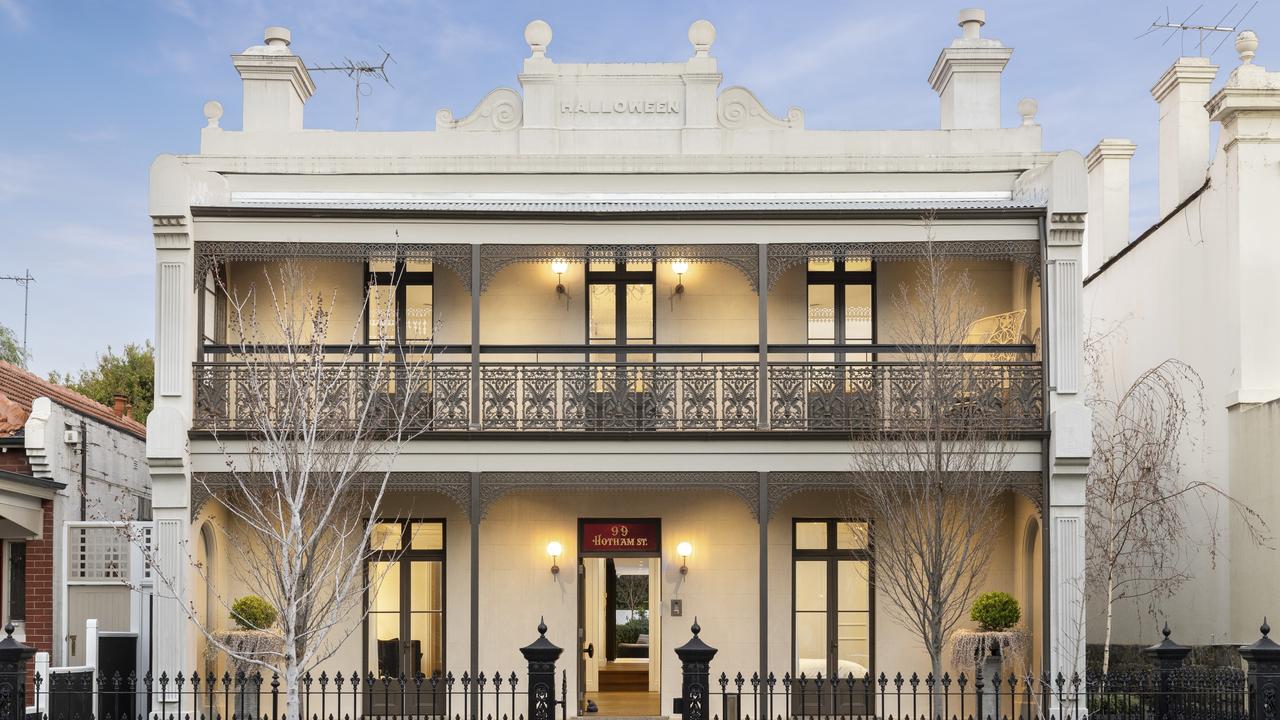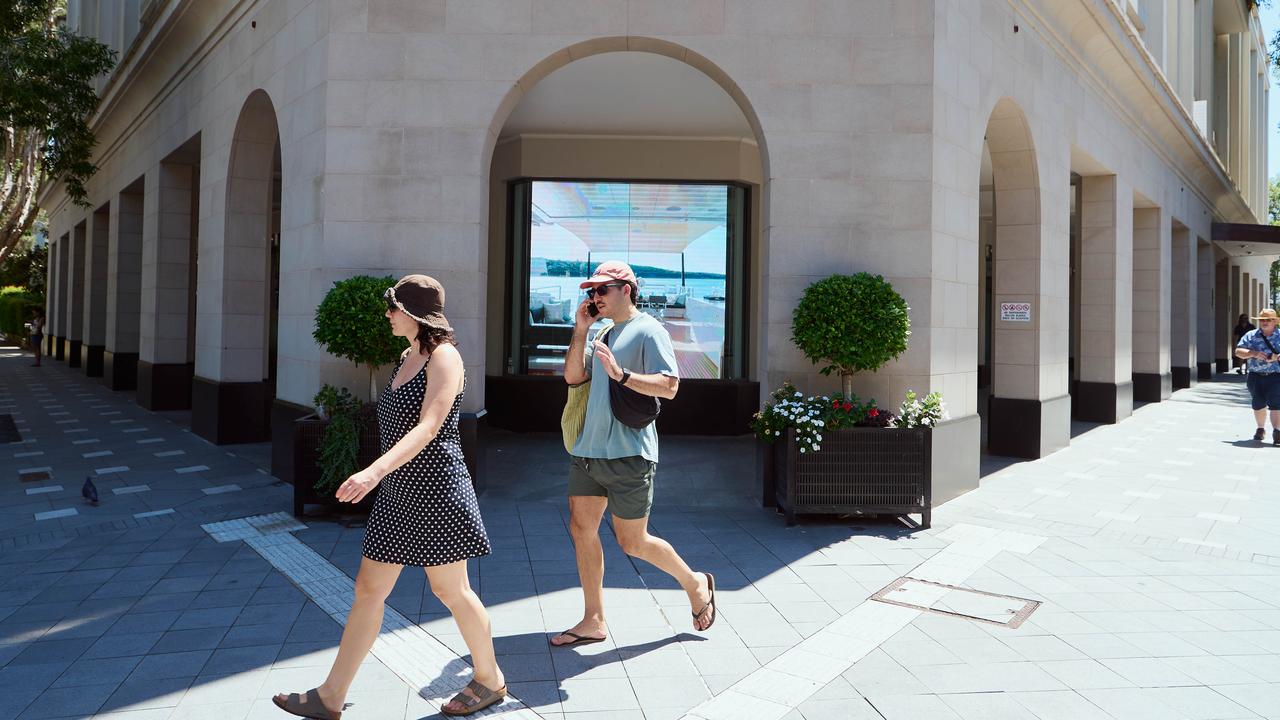Brisbane home prices on par with Melbourne: PropTrack
Housing prices in Brisbane are equal to Melbourne for the first time in more than a decade after rising more than $300,000 in just five years.

Continued strength in the Brisbane property market caused prices to sit on par with Melbourne for the first time in over a decade.
PropTrack’s latest Home Price Index revealed dwelling values in both capital cities reached $797,000 through February after the Queensland capital market recorded gain of 0.54 per cent over the month, once again outpacing it’s Victorian counterpart (up 0.28 per cent).
The rise in prices makes Brisbane the equal third most expensive capital city in the country, behind Sydney ($1.053m median) and Canberra ($828,000), both of which rose about half a per cent last month.
The last time prices in the Queensland capital surpassed Melbourne were the years before and after the 2008 global financial crisis and a brief period in the 1990s, PropTrack senior economist Eleanor Creagh said.
In 2019, the city’s median was just $484,000.
“Brisbane has experienced a really significant surge over the past five years,” Ms Creagh said.
“Its recent streak of growth was beginning just before the pandemic, but the boom hugely accelerated by the impact.”
Melbourne has struggled to shake off the pandemic hit. Prices remain 3.87 per cent below the market peak, with gains still lower due to an abundance of homes on the market, which is giving buyers greater choice and less urgency.

Across the country, property price growth is again accelerating, rising a 0.45 per cent through February, with capital cities continuing to outpace the regions.
Smaller capitals continue to outperform, with Adelaide recording a rise of 0.81 per cent and Perth prices up 0.56 per cent. Darwin rose just 0.08 per cent, while Hobart was the only city to record a fall in February (down 0.12 per cent).
Interest rates are expected to remain on hold in the coming months ahead of widely expected cuts towards the end of the year. Mr Creagh says this is helping to underpin a reacceleration of price gains in the first weeks of the year.
“We’ve seen this year over the first couple of months that demand has kept up with that increase in new listings coming to market, in Sydney and Melbourne that is,” she said. “It’s a different story in Perth, Adelaide and Brisbane, with that supply picture being much more constrained.
“But I’d say the biggest thing that’s changed in between say the end of 2023 and the start of 2024 is the fact that many are expecting that interest rates will fall in the second half. It is probably the driving force behind activity being relatively robust at the moment.”








To join the conversation, please log in. Don't have an account? Register
Join the conversation, you are commenting as Logout